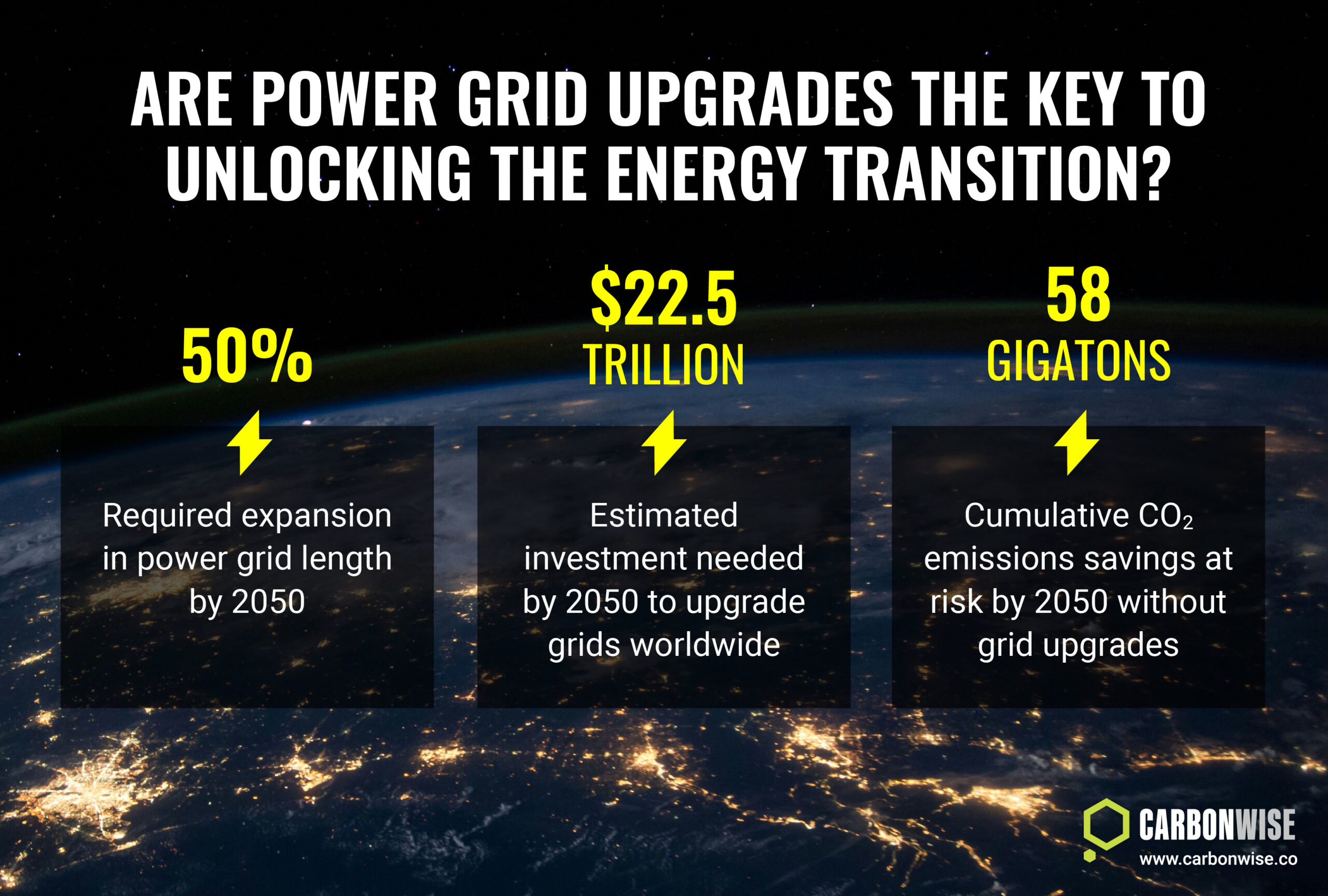June provided an insightful update on the state of play in carbon markets worldwide, with the release of the World Bank’s annual “State and Trends of Carbon Pricing” report.
The report showed that the spread of carbon pricing around the world continued in 2024. This suggests lawmakers increasingly accept the need to reduce emissions with effective policies. But it also shows that governments recognise the benefits that carbon pricing can bring, and the role it can play in successfully navigating the imminent deployment of carbon border charges.
A total of 80 carbon taxes and emissions trading systems (ETS) were in operation at the end of last year, an increase of five from the year before (to find out more about compliance markets, click here: How Do Compliance Carbon Markets Work? – Carbonwise). These systems range from China’s expanded ETS, which now covers steel, aluminium and cement production, in addition to power generation, to Poland’s $0.10/tonne carbon tax.
Pricing systems now cover 15 billion tonnes/year of CO2 emissions or 28% of the world’s total, the World Bank calculated. These systems raised more than $100 billion in funding for climate policies across the world, though an increasing number of governments are also realising that revenue from carbon markets and taxes can also be used for more general purposes.
“Over half of global emissions from the power sector and almost half of the industry sector face a direct carbon price,” the report highlighted.
The World Bank report listed some of the newest carbon markets in preparation, highlighting Brazil, India, Indonesia and Türkiye as the leading entrants. China’s recent expansion of its market to include some industrial sectors confirms its position as the largest carbon market of all, totalling 8 billion tonnes/year.
The proliferation of these markets is due to both the implementation of national responses to the The Paris Agreement, but also a strategy to address the emergence of carbon border taxes. The EU’s Carbon Border Adjustment Mechanism (CBAM) will require some imported products arriving in Europe to pay for the carbon emissions embedded in their manufacture.
But if these products are covered by an emissions pricing system in their country of manufacture, they may be exempt from some or all of the EU carbon price.
Carbon credit markets saw the supply of unretired credits rise to nearly 1 billion tonnes last year, up from 873 million tonnes in 2023, the World Bank said. Interestingly, more than two-thirds of these credits were generated in the period prior to 2022.
But as time passes and an increasing rate of retirement starts to eat into the overhang of older credit supply, so companies will start to retire more recent vintage credits, and this may lead to price increases.
The World Bank report also highlighted that prices for new credits were mostly lower in 2024, with credits from projects that avoid emissions, such as forestry and land use, fetching an average of $5.30/tonne, and renewable energy credits trading at just $1.00/tonne.
Conversely, projects that remove CO2 from the atmosphere saw the highest prices of all, with an average transaction price of $15.50/tonne.
The report also found that there is a growing correlation between price and project and credit quality as assessed by independent carbon credit ratings companies, while those credits that are eligible for use in compliance systems such as the CORSIA aviation market are achieving premium prices compared to voluntary-only credits.
At an international level, the work of UNFCCC negotiators to flesh out the guiding principles of a global carbon market under Article 6.4 is now done, and now the workload has shifted to technical implementation. The “Paris Agreement Crediting Mechanism” is now preparing itself to approve and register projects, and to issue credits that can be used to meet countries’ Nationally Determined Contributions and potentially also for voluntary use to meet corporate net zero targets.
The World Bank’s State and Trends of Carbon Pricing 2025 report is available here.








